Semiconductor Industry Development: Lessons from Singapore
Professor Teck-Seng Low (National University of Singapore) recently shared Singapore's successful lessons in developing the electronics and semiconductor industry. Professor Teck-Seng Low's presentation was shared at a seminar on semiconductor technology within the framework of VinFuture Science Week.
According to Professor Teck-Seng Low, because of its small size and modest population, Singapore has chosen from the beginning a development direction focusing on high value-added industries. In particular, this country targets the electronics industry, from which consumer electronic devices are produced.
The electronics and semiconductor industry currently contributes about 9% of Singapore's GDP. Singapore's strategy is to maintain the proportion of manufacturing industries in GDP at 20%. Of which, the semiconductor and electronics industry is an important sector.
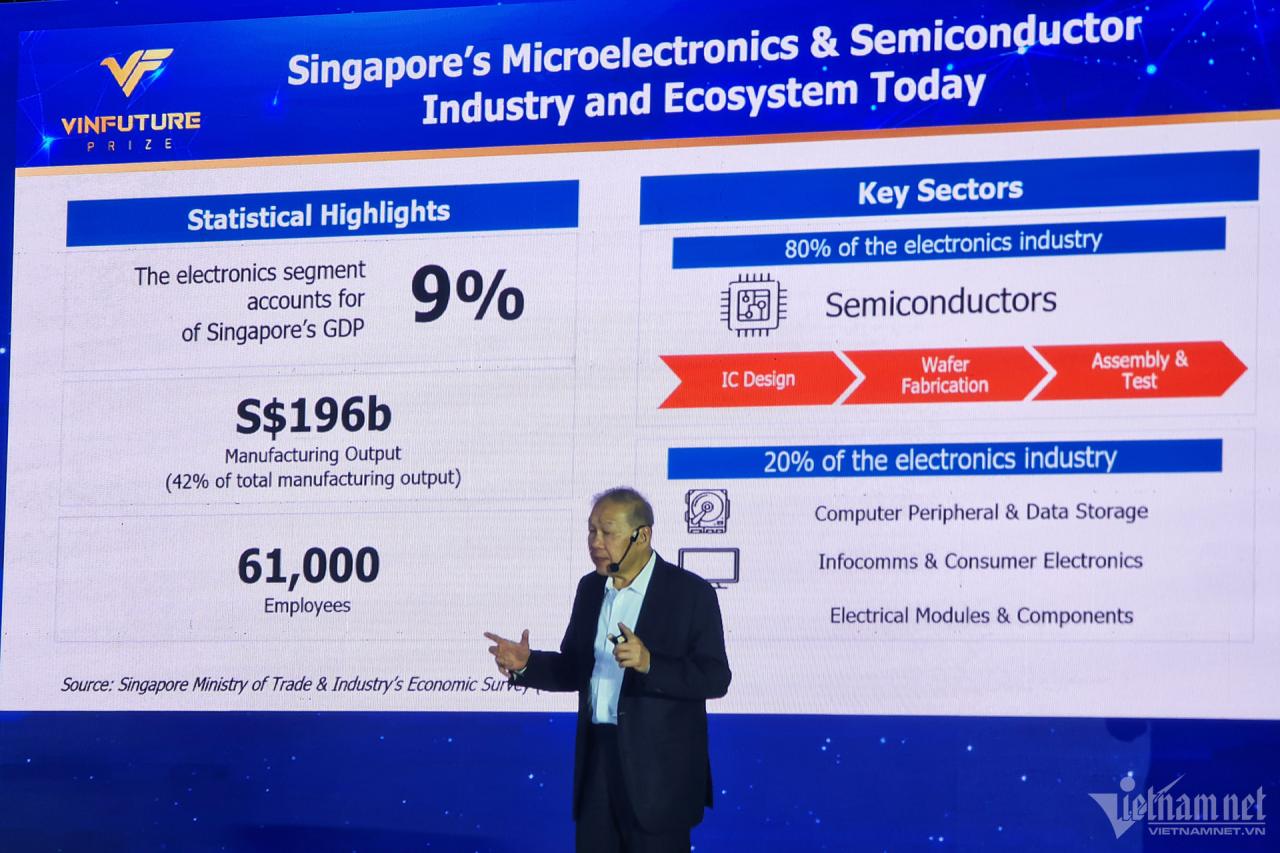
According to Professor Teck-Seng Low, Singapore currently has a complete semiconductor ecosystem. This is good for both Singapore and foreign semiconductor companies to invest. Currently, Singapore also has many supporting industry companies, universities, and research institutes to support the manufacturing industry.
Sharing lessons learned from Singapore, Professor Tech-Seng Low said that the country has achieved its current position thanks to a lot of efforts. Since the 60s and 70s of the last century, Singapore has attracted international investors to become a production site for consumer electronics companies.
The country then decided to move up the value chain, creating its own semiconductor companies. This was accompanied by serious investment in research and development from 1991 to the present.
“ We also have a strategic investment in robotics. Through our continuous efforts, we have achieved our position today and made Singapore a hub for the semiconductor industry. The next goal for Singapore is to become a subsystem in the global value chain ,” said Prof. Teck-Seng Low.
At present, Singapore is investing more deeply in 2nm chips, supporting scientists to master technology at the sub-2nm process.
Singapore sees quantum computing as a very important field in the future. Therefore, the country has invested more than 300 million USD in quantum computing and photonics in the hope of attracting the world's leading scientists in these fields.
Can Vietnam learn from Singapore's model?
When asked by reporters about how Vietnam could participate more deeply in the global semiconductor race, Professor Teck-Seng Low said that when Singapore began developing the semiconductor and electronics industry, it learned from and then copied Taiwan's model.
Sharing experience with Vietnam, according to Professor Teck-Seng Low, the Singaporean semiconductor industry does not use much of the budget, but this will be a source of "seed capital" to build programs, attracting leading semiconductor companies to this country.
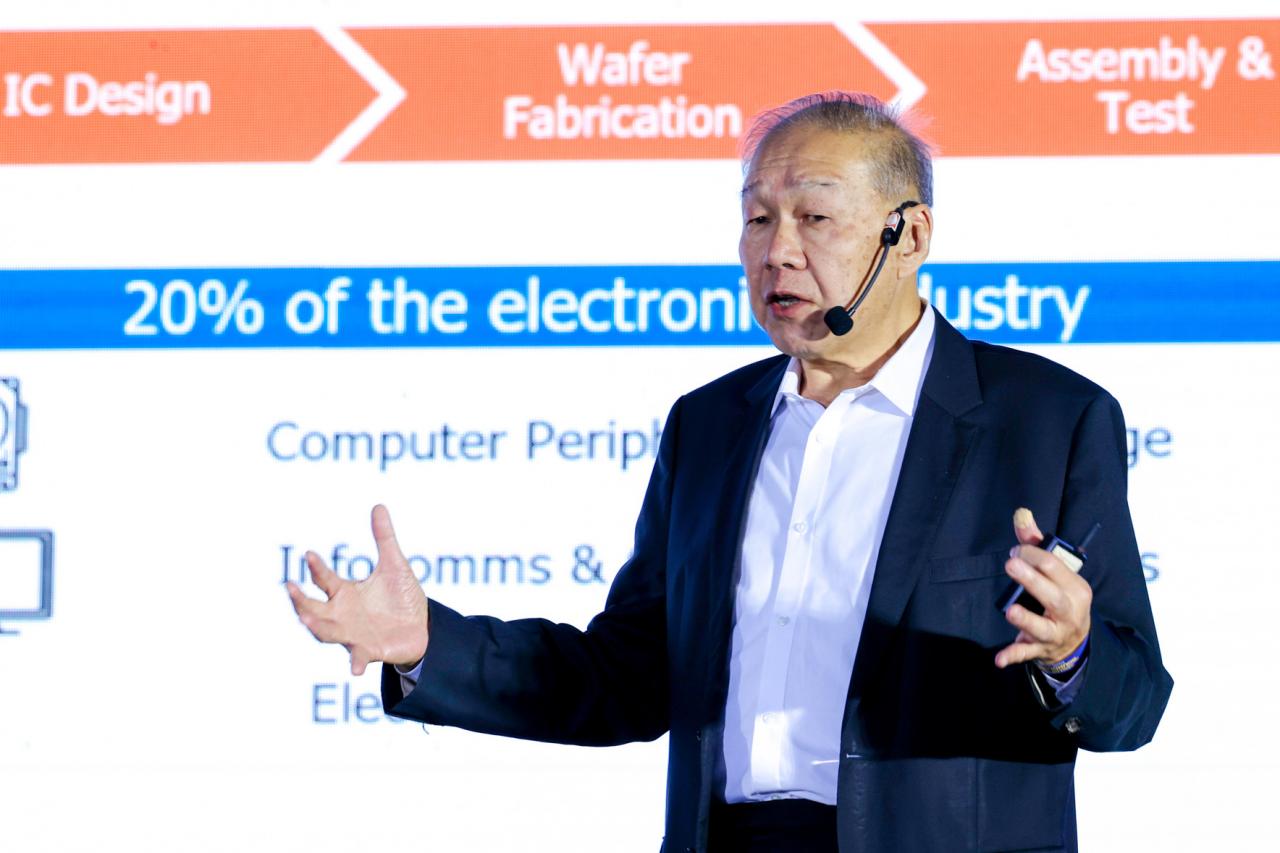
Professor Teck-Seng Low said that to develop the semiconductor industry, Vietnam needs to attract foreign investors to form internal strength in the early stages. Foreign companies will eventually leave, so Vietnam needs to develop its own domestic semiconductor companies. Then, combine the internal strength of domestic semiconductor companies and foreign investors.
“ There have been no new companies in the semiconductor market for a long time. So we need to develop a new generation of entrepreneurs. This is true not only in Singapore but in many other countries as well, ” said Professor Teck-Seng Low.

Source




![[Photo] President Luong Cuong receives President of the Cuban National Assembly Esteban Lazo Hernandez](https://vphoto.vietnam.vn/thumb/1200x675/vietnam/resource/IMAGE/2025/9/30/4d38932911c24f6ea1936252bd5427fa)
![[Photo] Panorama of the cable-stayed bridge, the final bottleneck of the Ben Luc-Long Thanh expressway](https://vphoto.vietnam.vn/thumb/1200x675/vietnam/resource/IMAGE/2025/9/30/391fdf21025541d6b2f092e49a17243f)
![[Photo] The 1st Congress of Phu Tho Provincial Party Committee, term 2025-2030](https://vphoto.vietnam.vn/thumb/1200x675/vietnam/resource/IMAGE/2025/9/30/1507da06216649bba8a1ce6251816820)








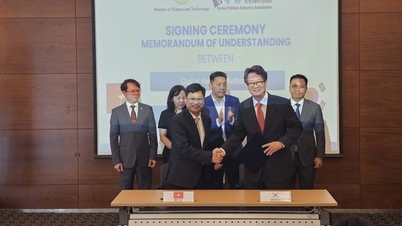







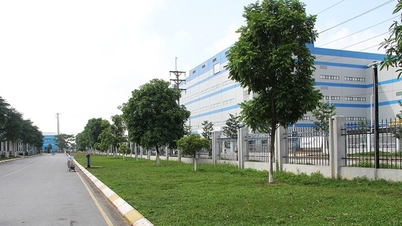







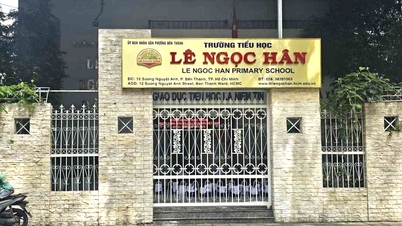




![[Photo] Solemn opening of the 12th Military Party Congress for the 2025-2030 term](https://vphoto.vietnam.vn/thumb/1200x675/vietnam/resource/IMAGE/2025/9/30/2cd383b3130d41a1a4b5ace0d5eb989d)
































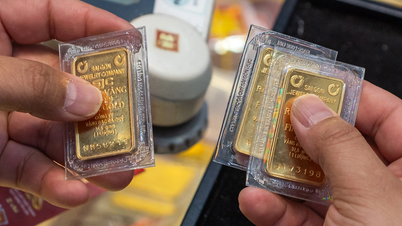











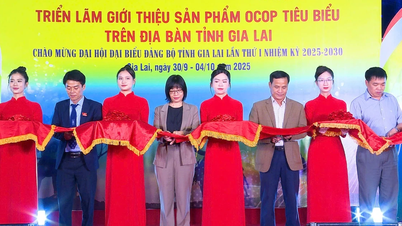

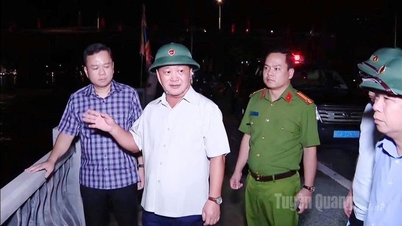

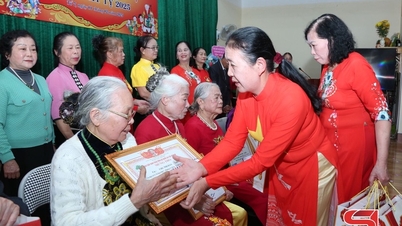
















Comment (0)